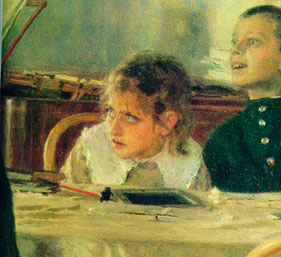
Modern acting begins with questions:
Why?
Why am I happy?
Why am I sad?
Why am I doing what I do?
The answers given by Konstantin Stanislavsky, the Russian inventor of modern acting, derive from another question: What do I need to do? Stanislavsky suggested actors analyze a text for tasks that are set off by considering what needs to be done. He suggested an actor ask more questions: What do I want? What do I need to do to get what I want? What and who helps me? What and who is an obstacle to what I want?
This first volume of the Five Approaches to Acting Series, clarifies Stanislavsky’s approaches for actors within the context of the time in which it was created: the then-new science of psychology, psychological Russian paintings, and the rich inner world of Russian fiction. Of particular interest is Stanislavsky’s lifelong inspiration from yoga, mention of which was cut by Soviet censors and a racist American publisher.
When acting becomes something you do out of necessity, action onstage becomes charged with desire, passion, and deep-felt emotion. The tasks performed onstage contribute to Stanislavsky’s aim: communion with the audience, emotional and spiritual.